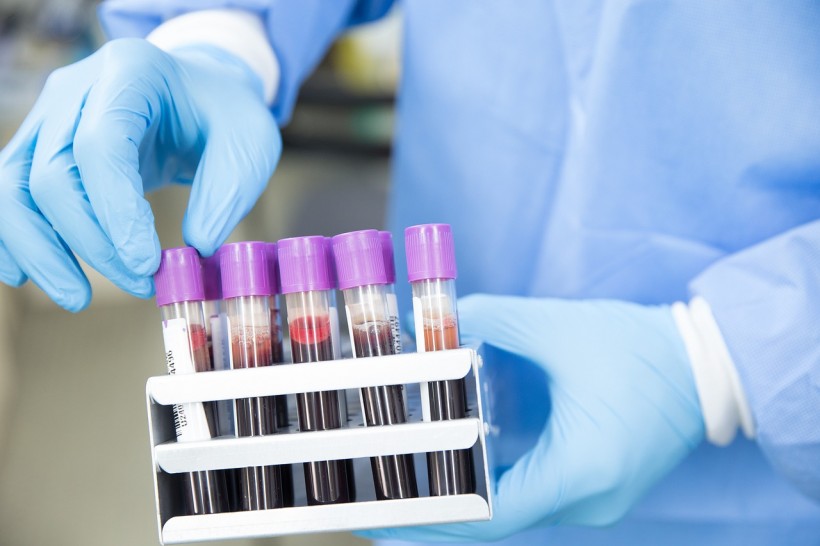A study led by researchers from the University of Cambridge showed that a personalized blood test performed after treatment could detect patients at higher risk of their lung cancer returning. Cancer Research UK Cambridge Institute researchers, tested this method in patients to reveal the state of the tumor for selecting the best treatment.
The personalized blood test is a type of liquid biopsy that can pick up traces of DNA released as tumors grow to pinpoint their location and weaknesses accurately. The DNA is called the circulating tumor DNA (ctDNA) and is fully described in the study published in the Annals of Oncology.

Persistent Lung Cancer: Personalized Blood Test Could Detect Tumor to Select Best Treatment Options
New Study Aims to Find If ctDNA Can Be Detected in Early Stage Lung Cancers
Patients with early-stage cancer can be treated using either surgery, radiotherapy, or (chemo)radiotherapy. After a series of treatment procedures, patients are followed up with CT scans to find if the treatment has completely removed the tumor. However, this does not always detect minimal residual disease that could regrow into new tumors.
According to Science Daily, using liquid biopsy could help make better choices of cancer treatment that aims to improve the survival rates of those with a higher risk of cancer relapse and reduce the side effects for patients at a lower risk group.
The recent study titled Lung Cancer Circulating Tumor DNA (LUCID-DNA) aims to find if ctDNA can be detected in early-stage lung cancers. Researchers used the RaDaR liquid biopsy to analyze up to 48 mutations unique to the patient's tumor.
Dr. Nitzan Rosenfeld, study co-lead, said that liquid biopsy helps detect tiny amounts of residual cancer after treatment to flag those patients who may have signs that their tumor is not entirely eradicated. They hope the technology will help doctors decide when additional rounds of cancer treatment are needed to save lives.
Lung Cancer Diagnosis: Tests Involve in Detecting Cancerous Tumors
Screening methods could detect some lung cancers, but most are found because they are already causing problems. The diagnosis of lung cancer is made through examination of lung cells in a laboratory, so it is advisable to consult a doctor if possible symptoms start to appear.
The American Cancer Society said that physicians usually gather the patient's medical history and conduct a physical exam to learn about the symptoms and check possible risk factors. The physical exam could include imaging and biopsies of the lung.
Imaging techniques, such as X-rays, MRI, sound waves, or radioactive substances, create a picture of what is inside the body. It could be done for several reasons - before and after the cancer diagnosis. It can be used to look for suspicious areas where cancer might be present, check how far cancer has spread, determine the best treatment option, and look for signs when cancer is coming back after treatment.
RELATED ARTICLE: Groundbreaking Multi-Cancer Screening Blood Test Can Diagnose 50 Types of the Deadly Disease Even Before Symptoms Appear
Check out more news and information on Cancer in Science Times.














